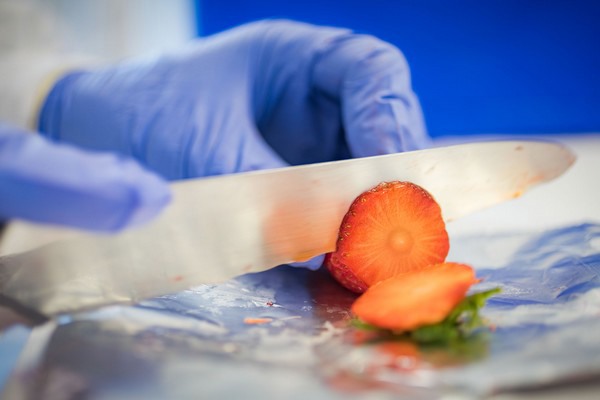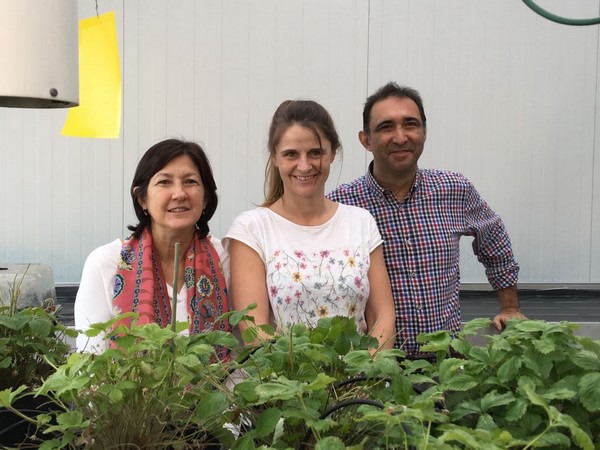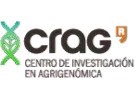A research team from the Center for Research in Agrigenomics (CRAG) has developed an automated and cost-effective computerized method for evaluating fruit shape and color that will help increase agricultural efficiency. The study, published in the scientific journal Plant Phenomics, was conducted using strawberry images, although this machine learning algorithm can easily be applied to other fruits, such as apples, tomatoes, and citrus. The software can also virtually predict the shape and appearance of the fruit, providing a powerful simulation tool for designing new crosses. The research team has given free access to the code so that the community can adapt it to their needs.

Cutting a strawberry allows observing its internal coloration pattern (CRAG).
Implementing deep learning algorithms
The research team took photographs of some 2,000 strawberries, both externally and half-cut, from different improvement lines provided by the Planasa company and collected them in the 2018 campaign in Huelva (Spain). “Evaluating the shape of a given object, a strawberry in this case, from a photograph is not as simple as it may seem. The classical linear descriptors – area, perimeter, height, width… – have certain limitations that lead to the loss of relevant information by extremely simplifying the morphological characteristics. To evaluate the shape in a more detailed way, we complemented these linear methods with multivariate and deep learning techniques,” stated the first author of the article, Laura M. Zingaretti, who carried out this work as part of her doctoral thesis at CRAG.
By combining these methods, the research team was able to generate automated software that analyzes shape and color patterns extracted from strawberry images. The tool they developed is much more automated than its predecessors, as it requires minimal user intervention and limited computing time, which provides an inexpensive and fast way for phenomics evaluation.

Laura M. Zingaretti (center), Amparo Monfort (left), and Miguel Perez-Enciso (right) (CRAG).
A tool to improve agricultural efficiency
“In addition to morphological analysis, our deep learning tool is capable of predicting the appearance of new fruit crosses. This contribution can be very valuable in the first step of plant improvement programs, as it would allow evaluating several crosses without the need to test them directly in the field, saving time and resources,” stated Miguel Perez-Enciso, ICREA researcher at CRAG and co-director of the study.
"This tool also has the potential to be adapted to measure the visual phenomic traits of the fruits directly in the field, to analyze other characteristics of plant conformation (leaves, flowers, roots...), or for the early evaluation of diseases," stated Amparo Monfort, IRTA researcher at CRAG and co-director of the work.
For more information:
IRTA
www.irta.cat
CRAG
www.cragenomica.es
